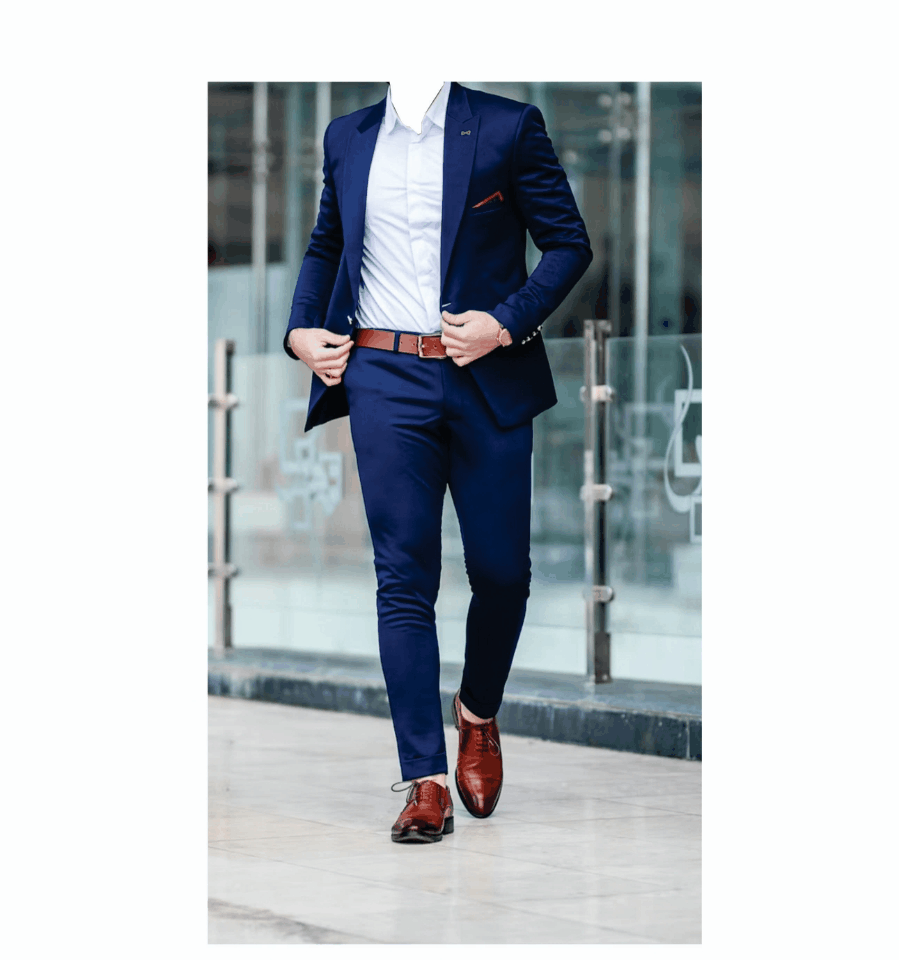
Uses of Interlinings
Interlinings are used for various objectives.
- For thickness, firmness and extra strength for a formal look to shirt collars and cuffs.
- To give a firm, thick base to an embroidered logo.
- Interlining is soft and flexible and is an insulator, so it can be used in winter coats and pants for a thicker layer.
- Used behind thin fabrics, it gives it a thicker and more appealing look.
- Used behind embroidery, it makes the piece look thicker and enhances the look.
- Sewing clothes is easier and faster with interlining.
- The colour of interlining can be chosen according to the colour of the garment.
- Interlining affects the comfort of the garment, which is important to the wearer.
INTERLINING
Interlining, the feature that does the trick, is a trim used in almost every garment. It is a layer of knitted, woven or non-woven fabric between the fabrics of the garment. It prepares its form, reinforces and prevents stretching. Even though interlining is an invisible part of a garment’s interior, its construction and the fusion process and shell fabric influence sewability, durability, appearance and mechanical properties of the garment. Interlining is important in building shape into detail areas such as the front of coats, collars, lapels, cuffs and pocket flaps. It stabilises and reinforces areas subject to extra wear and stress like necklines, facings, patch pockets, waistbands, plackets and button holes.


